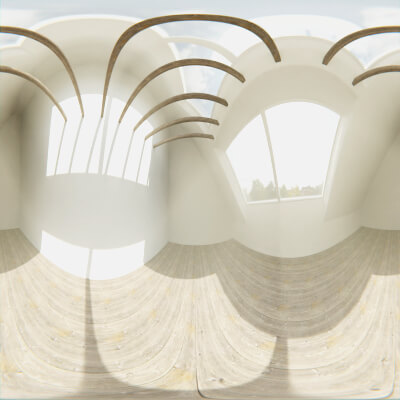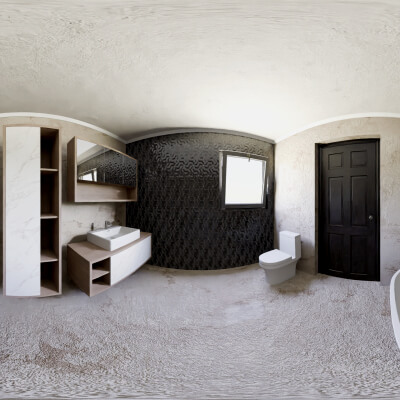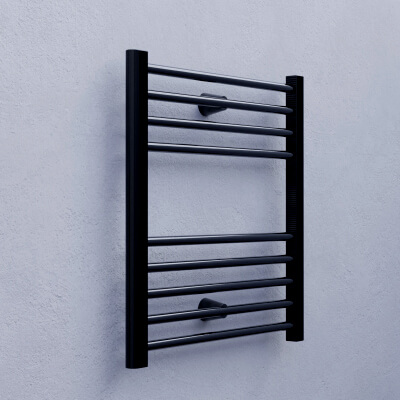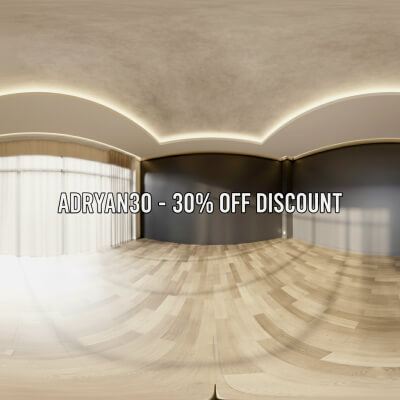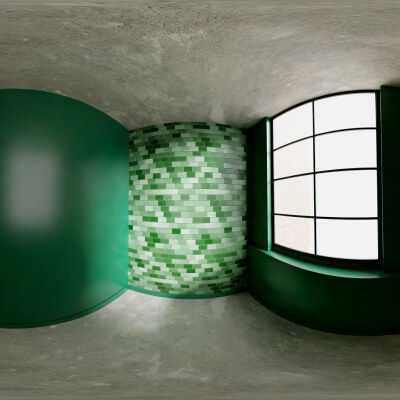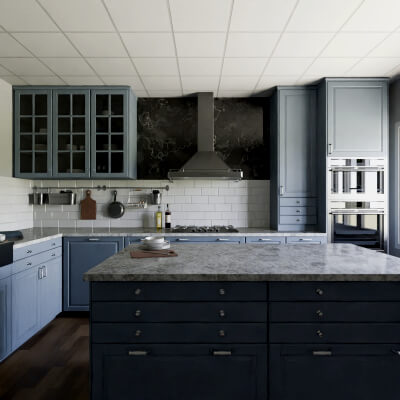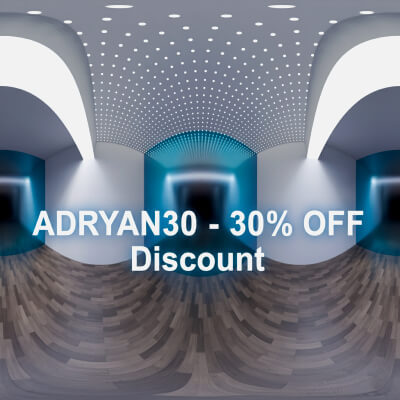! REPORT
The Foundation of Risk Unseen Realities and Perceived Threats
3D Render by puscas_adryanThis image, featuring four wooden blocks stacked precariously, initially spells out "RISK." However, a closer look reveals the bottom block bearing the letters "KH," completing the word "RISKH." This subtle, yet critical, misspelling profoundly impacts the meaning, transforming a straightforward representation of risk into a commentary on its often-misunderstood nature.
The stacked blocks themselves symbolize the layered and cumulative aspects of risk. Each block represents a contributing factor, a decision, or an external force that builds upon the last, leading to a potential outcome. The wooden material evokes a sense of naturalness, perhaps implying that risk is an inherent part of existence, or that even seemingly solid foundations can be subject to instability. The "RISK" portion, clearly visible at first glance, speaks to the immediate and recognizable threats we perceive and often try to mitigate.
The hidden "KH" at the base, forming "RISKH," introduces a powerful layer of meaning. It suggests that our understanding of risk is often incomplete or flawed. The "KH" could represent:
Unknown Unknowns: The factors we don't even know we don't know, the blind spots that lie beneath our initial assessment.
Hidden Costs/Consequences: The unforeseen or underestimated repercussions that only become apparent after a risk materializes.
Human Fallibility: The inherent errors, biases, or misjudgments that underpin our perception and management of risk.
The Subjectivity of Perception: How what one person perceives as "risk" another might see as opportunity, or how our internal frameworks can distort our understanding of external realities.
Ultimately, the image with its nuanced spelling serves as a potent metaphor for the complexities of navigating uncertainty. It urges us to look beyond the surface, to question our assumptions, and to acknowledge that what we think is the full picture of risk may only be a partial, and potentially misleading, view. It prompts introspection into the foundational elements of danger, both those we identify and those that remain hidden, subtly influencing the stability of our endeavors.
The stacked blocks themselves symbolize the layered and cumulative aspects of risk. Each block represents a contributing factor, a decision, or an external force that builds upon the last, leading to a potential outcome. The wooden material evokes a sense of naturalness, perhaps implying that risk is an inherent part of existence, or that even seemingly solid foundations can be subject to instability. The "RISK" portion, clearly visible at first glance, speaks to the immediate and recognizable threats we perceive and often try to mitigate.
The hidden "KH" at the base, forming "RISKH," introduces a powerful layer of meaning. It suggests that our understanding of risk is often incomplete or flawed. The "KH" could represent:
Unknown Unknowns: The factors we don't even know we don't know, the blind spots that lie beneath our initial assessment.
Hidden Costs/Consequences: The unforeseen or underestimated repercussions that only become apparent after a risk materializes.
Human Fallibility: The inherent errors, biases, or misjudgments that underpin our perception and management of risk.
The Subjectivity of Perception: How what one person perceives as "risk" another might see as opportunity, or how our internal frameworks can distort our understanding of external realities.
Ultimately, the image with its nuanced spelling serves as a potent metaphor for the complexities of navigating uncertainty. It urges us to look beyond the surface, to question our assumptions, and to acknowledge that what we think is the full picture of risk may only be a partial, and potentially misleading, view. It prompts introspection into the foundational elements of danger, both those we identify and those that remain hidden, subtly influencing the stability of our endeavors.
Ingenious!!!!
Logged in from somewhere else just to leave a rocket!
Thanks for sharing
Logged in from somewhere else just to leave a rocket!
Thanks for sharing

REPLY
! REPORT
puscas_adryan
Karma: 2,558
Thu, Jun 26Thank you so much, this means a lot, I might start a series of these
Perception of the Totem-Titanic
This conceptual proposition appeals to me, as I myself am familiar with this kind of semantic construction in my images. I can't resist sharing my vision with you. After all, Marcel Duchamp already stated: "The viewers make the paintings."
Totem/Titanic, curious, isn't it? What I'm proposing is first and foremost a visual analysis. I'll therefore begin with the question of the perspective from which you present this installation of letters on cubes. If we consider their vertical stacking of wooden cubes, this suggests the static slenderness of a sculpture that could be likened to a totem, since the enunciation of the letters quickly refers to a symbolism.
On the other hand, if we focus on the angle created by the 45 rotation of the two bottom cubes, we could see the prow of a ship hurtling towards us; it's therefore a dynamic point of view that contrasts with the static one.
Why the Titanic? It seems to me that your conceptual and material construction of this installation speaks to a possible risk of collapse of this pile, even though, in my opinion, these cubes are placed too stably to really evoke it.
Let's talk instead about light and its role at this "street corner." The main light source comes from the right, thus contrasting with its conventional placement, which tends to come from the left. Let's pause for a moment on these conventions related to our reading direction in the West: since we read from left to right, the left side of an image can quite easily connote the past, while the right side will connote the future in the case of a narrative.
Now, it's clear that these two words, RISK/RICH, call for a narrative that will be read from left to right, from risk to wealth, from shadow to light. So you're summoning us to a turning point, like a street corner. If I understand correctly, it's about leaving risks in the shadows (after taking them, why not?) to welcome into the light the new wealth they have brought us.
I'll end with a few words on the suggested materiality of the letter-bearing cubes: their new, varnished appearance doesn't evoke a natural aspect so much as a sophisticated, worked, polished, mastered aspect, which opposes randomness. However, their rounded corners could make them look like dice, which are associated with chance, as long as we're willing to throw them.
Well, that's all for this time; continue to seek out the strongest forms to express your thoughts.
This conceptual proposition appeals to me, as I myself am familiar with this kind of semantic construction in my images. I can't resist sharing my vision with you. After all, Marcel Duchamp already stated: "The viewers make the paintings."
Totem/Titanic, curious, isn't it? What I'm proposing is first and foremost a visual analysis. I'll therefore begin with the question of the perspective from which you present this installation of letters on cubes. If we consider their vertical stacking of wooden cubes, this suggests the static slenderness of a sculpture that could be likened to a totem, since the enunciation of the letters quickly refers to a symbolism.
On the other hand, if we focus on the angle created by the 45 rotation of the two bottom cubes, we could see the prow of a ship hurtling towards us; it's therefore a dynamic point of view that contrasts with the static one.
Why the Titanic? It seems to me that your conceptual and material construction of this installation speaks to a possible risk of collapse of this pile, even though, in my opinion, these cubes are placed too stably to really evoke it.
Let's talk instead about light and its role at this "street corner." The main light source comes from the right, thus contrasting with its conventional placement, which tends to come from the left. Let's pause for a moment on these conventions related to our reading direction in the West: since we read from left to right, the left side of an image can quite easily connote the past, while the right side will connote the future in the case of a narrative.
Now, it's clear that these two words, RISK/RICH, call for a narrative that will be read from left to right, from risk to wealth, from shadow to light. So you're summoning us to a turning point, like a street corner. If I understand correctly, it's about leaving risks in the shadows (after taking them, why not?) to welcome into the light the new wealth they have brought us.
I'll end with a few words on the suggested materiality of the letter-bearing cubes: their new, varnished appearance doesn't evoke a natural aspect so much as a sophisticated, worked, polished, mastered aspect, which opposes randomness. However, their rounded corners could make them look like dice, which are associated with chance, as long as we're willing to throw them.
Well, that's all for this time; continue to seek out the strongest forms to express your thoughts.
REPLY
! REPORT
I have found that people that are driven by the pursuit of money (rich), tend to make detrimental choices, thus elevating the "risk" components of life.
REPLY
! REPORT
The Foundation of Risk Unseen Realities and Perceived Threats
 x2 [+]
x2 [+]Thu, Jun 26 109
109
 9
9
 109
109
16
 9
9Software Used
Artist Stats
Member Since:
Karma:
Followers:
Likes Received:
Karma:
Followers:
Likes Received:
May, 2024
2,558
19
684
2,558
19
684
Gallery Images:
Wallpaper Images:
Forum Topics:
Marketplace Items:
Wallpaper Images:
Forum Topics:
Marketplace Items:
98
9
3
95
9
3
95

55

8

1
































